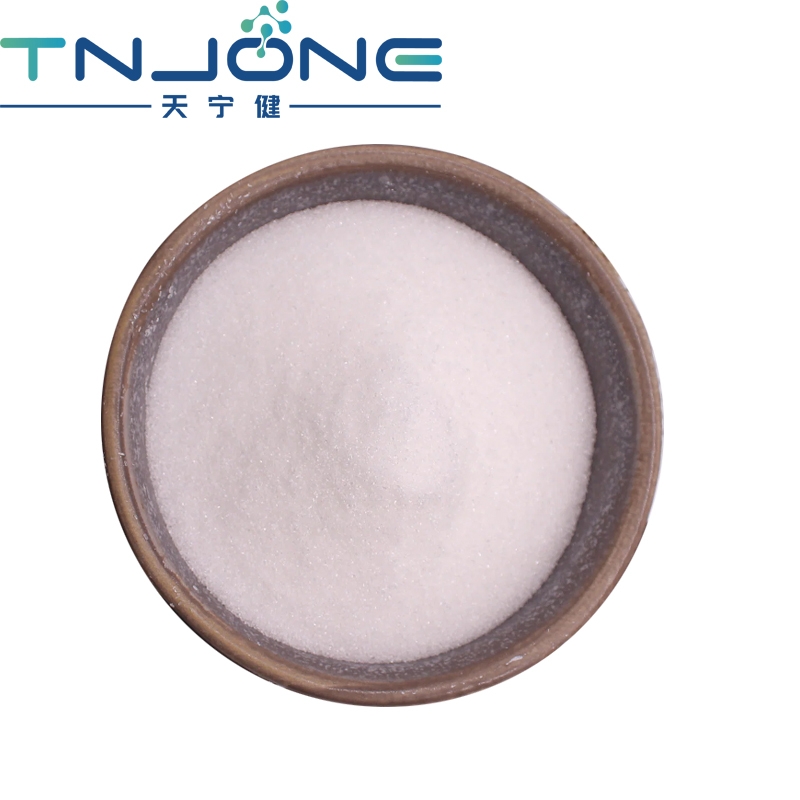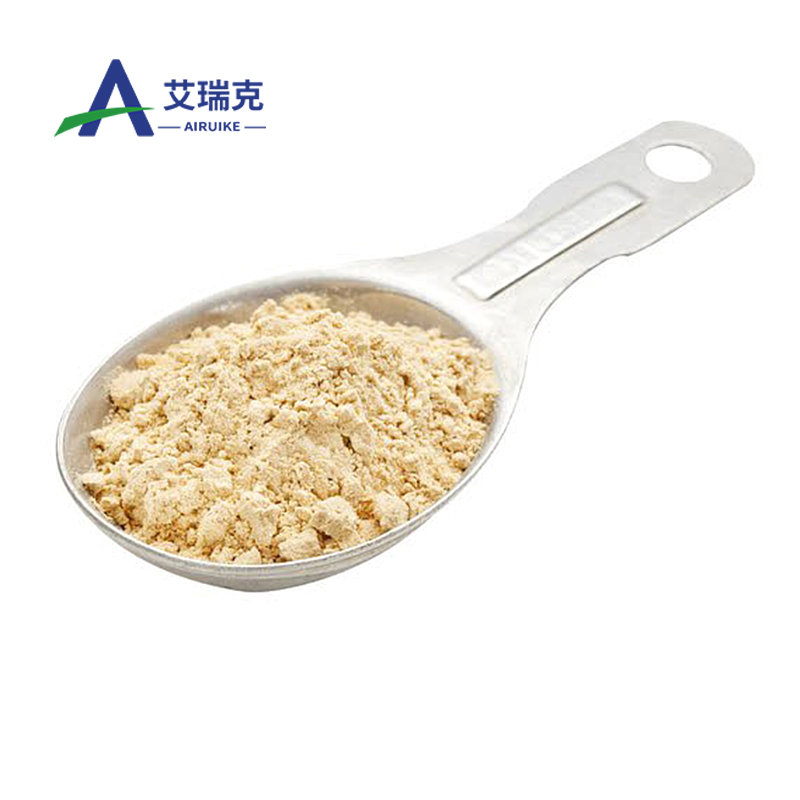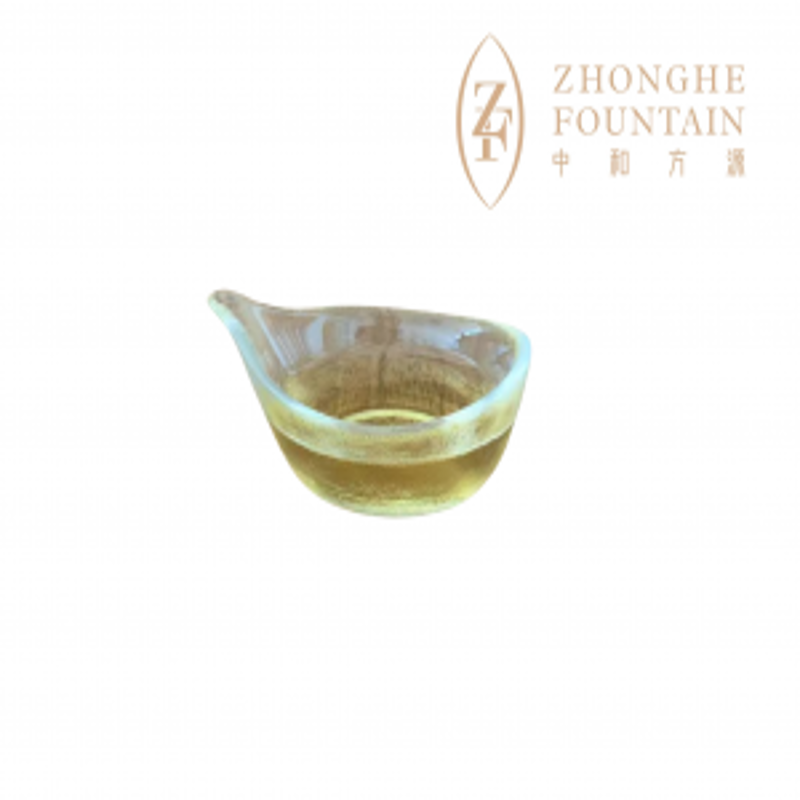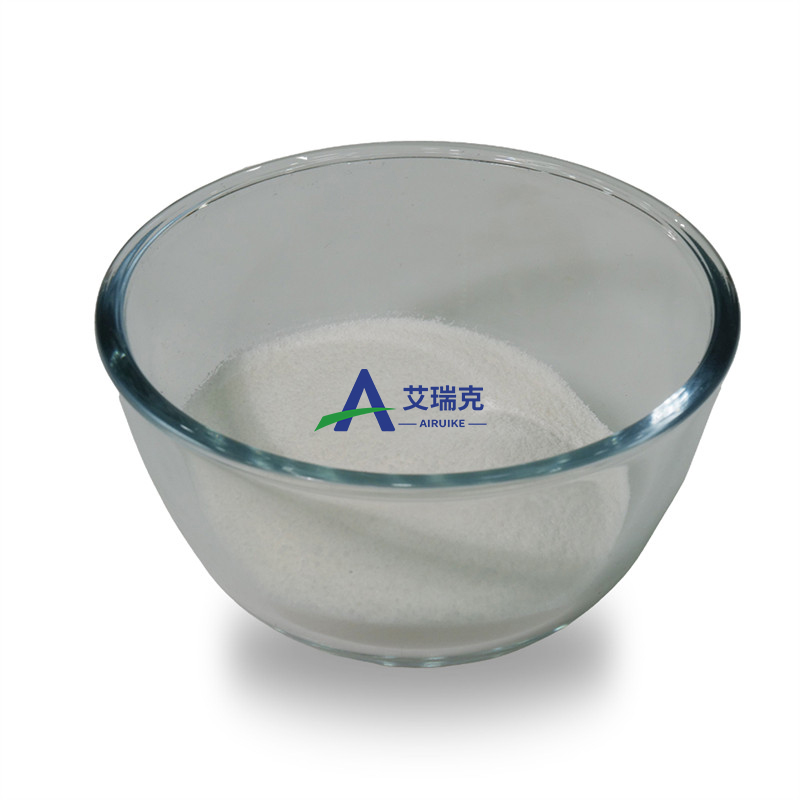Natural Products
- • Lignans (182)
- • Xanthones (46)
- • Flavonoids (454)
- • Terpenes (769)
- • Iridoid Derivatives (92)
- • Coumarin and Derivatives (121)
- • Phenols (335)
- • Steroids (103)
- • Phenylpropanoids (75)
- • Anthraquinone and Derivatives (16)
- • Chalcones (47)
- • Alkaloids (491)
- • Quinone Ring (28)
- • Sesquiterpene (228)
Related News
-
ECHEMI High Quality Inquiries (30 Aug-4 Sep)
2024-09-05 -
Mitsui Chemical decided to close the Phenol production line at its Ichihara plant in Japan
2024-04-08 -
How to Convert Phenol to Picric Acid?
2023-08-03 -
The European cumene market continues to be weak
2023-07-26 -
The domestic phenol market may bottom out
2022-11-17 -
INNEX acquires Mitsui Singapore Phenol for $330 million
2022-09-01
Phenols
Pyrogallol
(87-66-1)2. Complexing agent; reducing agent; alkaline solution indicator for gaseous oxygen.
-
Industrial Grade / 99%
-
Industrial Grade / 99%
-
-
- / 0.00%
Request for quotation , get quotes from more suppliers.
Hydroxyphenylacetic acid
(156-38-7)-
Industrial Grade / 99%
-
Food Grade / 98%
$16-20/KG FOB
-
Industrial grade / 99%
-
Pharmaceutical Grade / 99%
$100/KG EXW
Request for quotation , get quotes from more suppliers.
2-Furancarboxylic acid
(88-14-2)-
- / 99.00%
-
industrial Grade / 98%
-
Pharmacy Grade / 99%
-
Request for quotation , get quotes from more suppliers.
3-Furancarboxylic acid
(488-93-7)-
- / 99%
-
- / 99.00%
-
Pharmacy Grade / 99%
$10/KG EXW
-
industrial Grade / 98%
Request for quotation , get quotes from more suppliers.
Sitosterol
(5779-62-4)-
![Sitosterol buy Sitosterol]()
Industrial Grade / 99%
-
![β-Sitosterol buy β-Sitosterol]()
Request for quotation , get quotes from more suppliers.
Source Phenols Products Supply
Salvianolic acid B
(121521-90-2)-
- / 99.00%
-
Cosmetics Grade / 0.00%
-
Industrial Grade / 99%
-
Cosmetics Grade / 99%
Request for quotation , get quotes from more suppliers.
Tetrahydrocurcumin
(36062-04-1)-
Pharmacy Grade / 99%
-
-
Pharmacy Grade / 99%
-
Pharmacy Grade Cosmetic grade / 99%
Request for quotation , get quotes from more suppliers.
(+)-Bakuchiol
(10309-37-2)-
Cosmetic Grade / 98%
$600-750/KG EXW
-
Medical grade / 98.0%
-
Industrial Grade / 98%
-
- / 99.00%
Request for quotation , get quotes from more suppliers.
3′,4′-Dihydroxyacetophenone
(1197-09-7)-
- / 99.00%
-
- / 98%
-
Pharmacy Grade / 0%
-
![3,4-Dihydroxyacetophenone buy 3,4-Dihydroxyacetophenone]()
Industrial Grade / 99.0%
Request for quotation , get quotes from more suppliers.
Piceatannol
(10083-24-6)-
Pharmacy Grade / 99%
-
- / 99.00%
-
-
Pharmacy Grade / 98%
Request for quotation , get quotes from more suppliers.
More Information
Phenol is a member of the artificial chemical compound family and it is widely used as a raw material in making numerous industrial items. Owing to its high reactivity, it is used in the synthesis of plastics, pharmaceuticals and resins. Phenols, a class of compounds with similar molecular structure, have led to the production of numerous materials that are of use in several industries. Phenol is one of the important raw materials for producing high-quality resins that are applied in adhesives, coatings, and moulded articles.
In the medical field, phenol peel treatments exploit the compound’s property to fade away dead skin cells and give the skin a new lease of life. This makes phenol a useful additive in cosmetic products as well. Further, phenols are used in producing different medicines and chemicals fumed in daily life such as disinfectants and antioxidants.
Here are five key applications of phenol:
Manufacturing of phenolic resins applied in moulding and coatings.
The raw material in the manufacture of nylon and other synthetic fibres.
Used in the treatment of medical-grade chemical peels for skin revitalization.
Base material in use in antiseptics and disinfectants.
This compound is used for the production of herbicides as well as other agrochemicals.










































